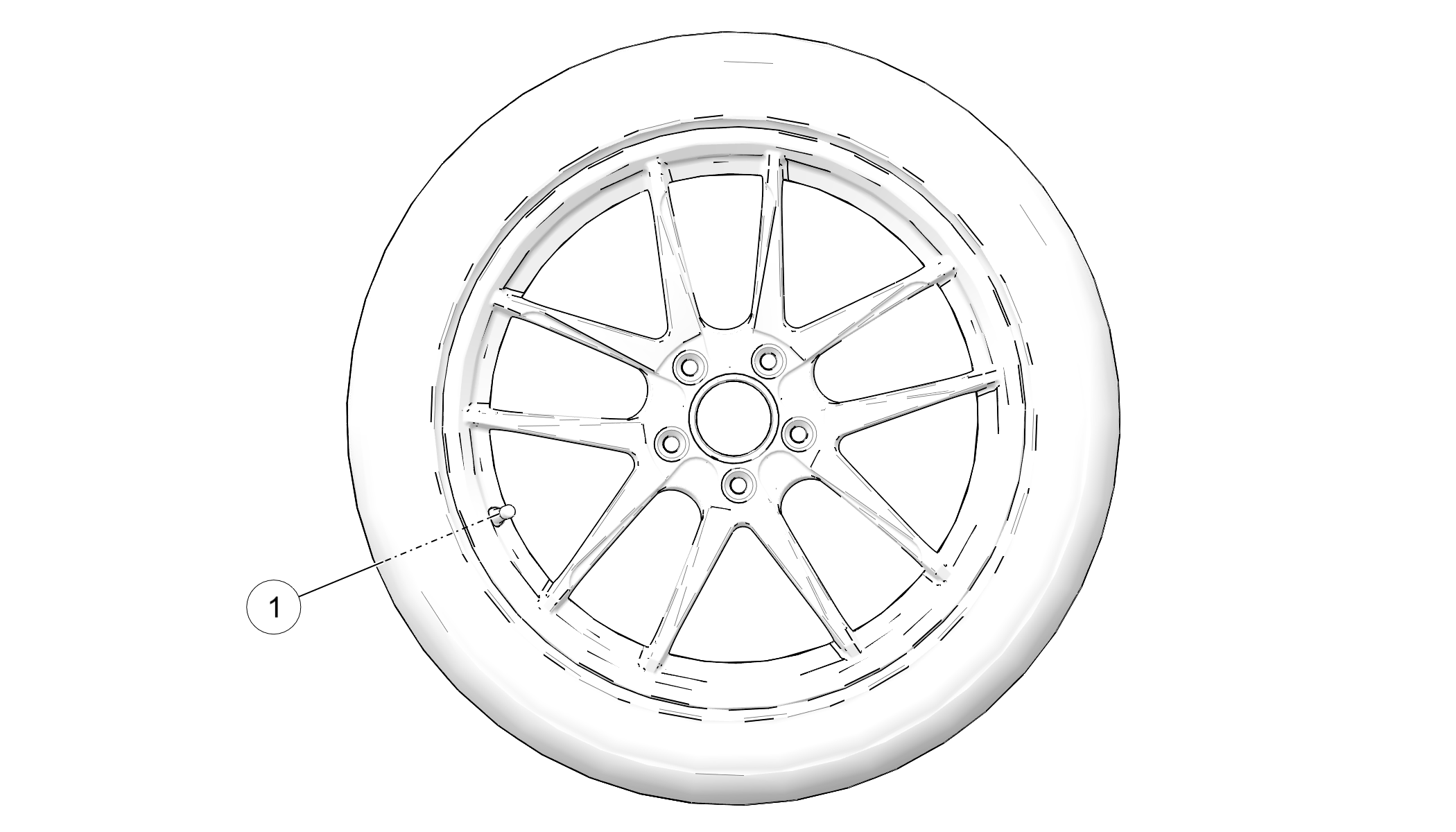
Content Source: 2019 Slingshot Owner’s Manual (9928978 REV 05) > Maintenance Chapter
| IMPORTANT |
|
The Owner's Manual for this vehicle contains warnings, instructions and other information you must read and fully understand before safely riding or performing maintenance on this vehicle.Always follow the warnings and instructions in Owner's Manual. Click the CONTENTS link above for the Table Of Contents, or download a full PDF of the Owner Manual in the Owner Support area of Polaris.com |
|
Operating the vehicle with worn tires, improper tires
or tires with improper or uneven tire pressure could cause loss of
control
or accident. Always use
the correct size and type of tires specified for your vehicle. Always
maintain proper tire pressure
as recommended in the owner's
manual and on safety labels. Always replace tires when tread depth
has worn to the minimum requirement.
If you experience a wheel impact, such as hitting a curb,
a large pothole or road debris, have your tires and rims inspected
immediately. These types
of impacts may cause hidden tire/rim damage that may not be noticeable
during operation. This damage
could cause tire or rim
failures and result in accidents causing serious personal injury or
death. If you are in doubt, have
the wheel checked by your
authorized Slingshot dealer or tire professional. Exercise care when
parking along curbs and reduce
speed if possible when approaching
unavoidable potholes and/or road debris.
|

| Do not exceed the maximum recommended inflation pressure to seat the bead. Tire or rim failure may result. |
| NOTE |
| On vehicles with tapered rear wheel nuts, make sure the tapered end of the nut goes into the taper on the wheel. |
| TORQUE | |
| 75 ft-lbs (102 Nm) |
© Copyright Polaris Industries Inc. All rights reserved.